Even if you don’t live by the ocean you should care about it and issues associated with its health. Yes, the ocean ecosystem is unhealthy. Industry, industry, and more industry popped up in the last century and brought with it increased emissions into the atmosphere causing climate change. The ocean is the largest ecosystem on the planet and is taking the hardest hit.
It’s out of sight and out of mind for most people and that’s understandable. I’ve shared reason why we should care about the ocean here, here, here, here, here, and …. I could go on and on. But, it’s truly going to be a personal connection that’s going to make anyone have an impact on actions that can restore the health of the ocean. But, are we really close to the sea even if’s we live in … say, the Midwest? I just moved to Oak Park, IL right outside of Chicago so that was a question I struggled with as I made the move. How can I leave the ocean? Well, I’m not actually. We are all connected!
Illustrating proximity to the sea is a starting point to recognizing this connection. I’m so grateful for the Michigan Environmental Education Curriculum
The Great Lakes Ecosystem for these illustrations for my new home (I took the illustrations and made a quick gif below).
It’s no longer the acronym HOMES (Huron, Ontario, Michigan, Erie, Superior) for me. Now to accurately follow the path of water from the top point of the Great Lakes Flow to the Atlantic Ocean it’s SMHEO (Superior, Michigan, Huron, Erie, Ontario). Eeeeekkk … SMHEO isn’t as neatly sounding.
The movement of creating awareness to the ocean even though you’re living far from it is known as “land-to-sea” stewardship. I’ve lived along the Atlantic coast my entire life so this Midwest vibe is so new and exciting that I’m officially having to give a name to my connection to the sea now. One organization that I’ve stumbled upon doing great work in Colorado is the Inland Ocean Coalition, a project of the Ocean Foundation. Can’t wait to be a part of how they expand to the Great Lakes region!
My favorite part about the land-to-sea movement is that even if you didn’t grow up near the ocean it causes a reason to learn about it and understand it’s importance to the larger ecosystem.

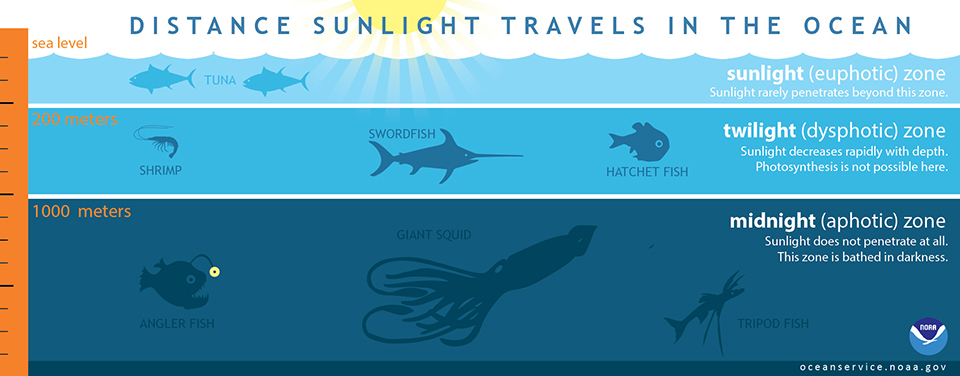
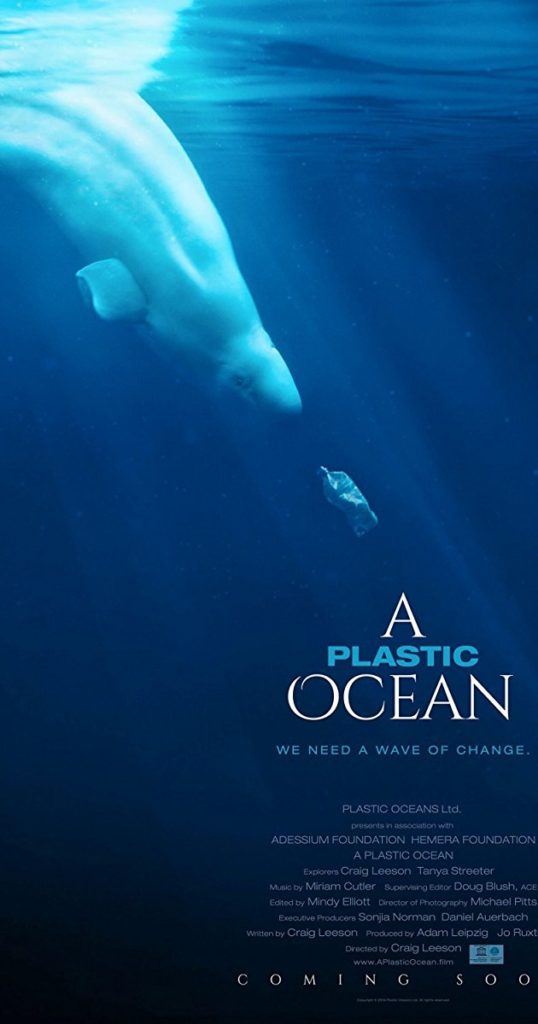

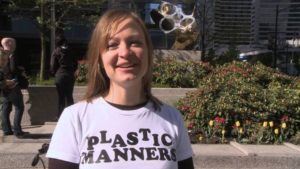
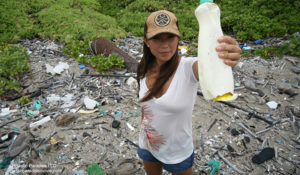
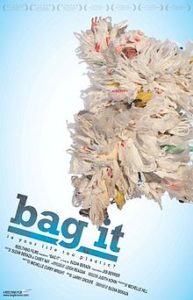 Bag It
Bag It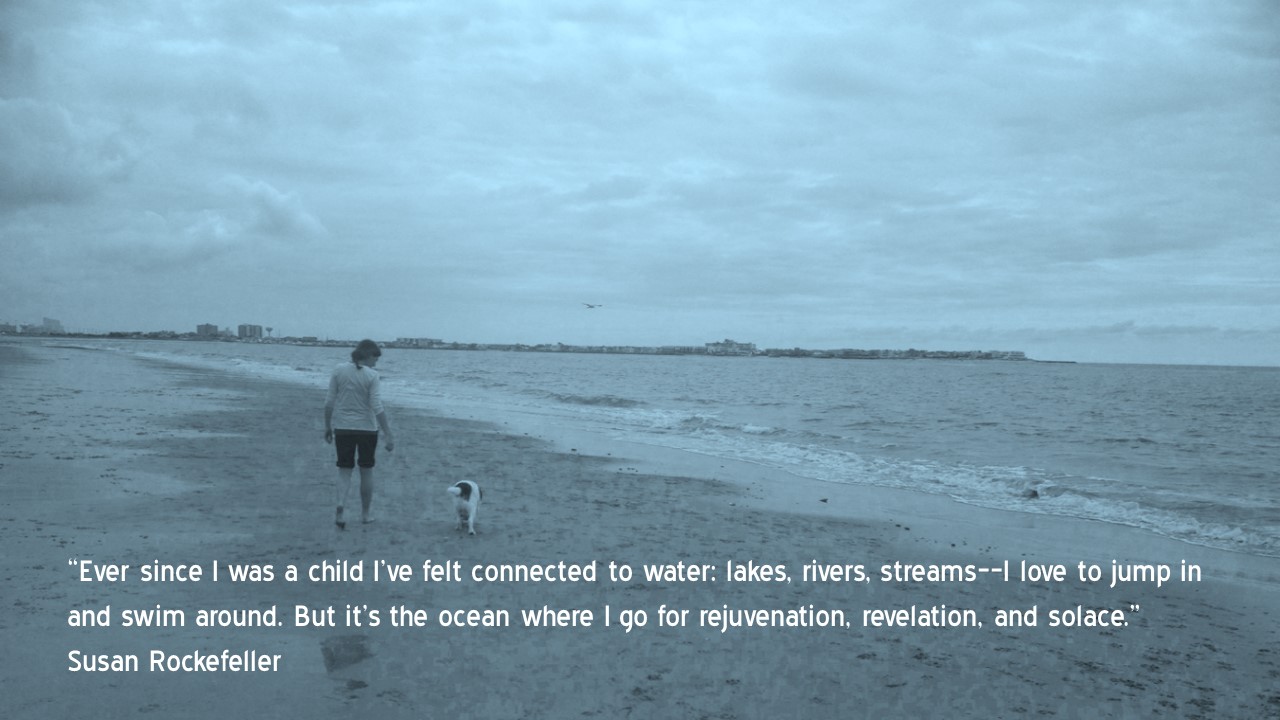
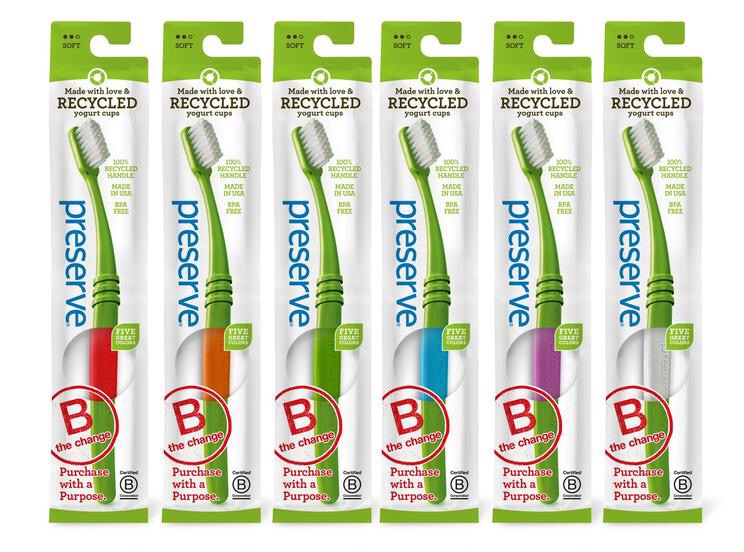
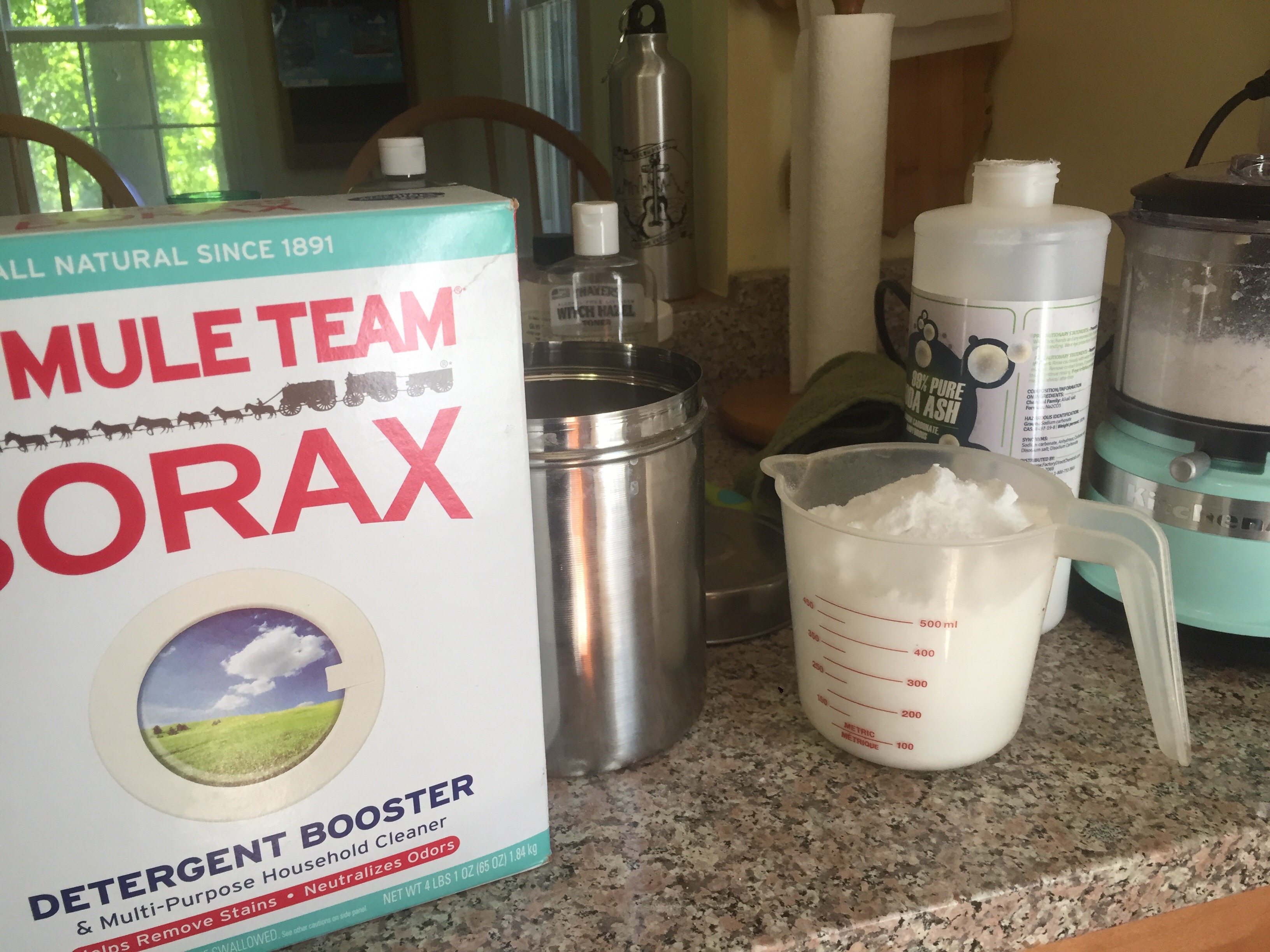
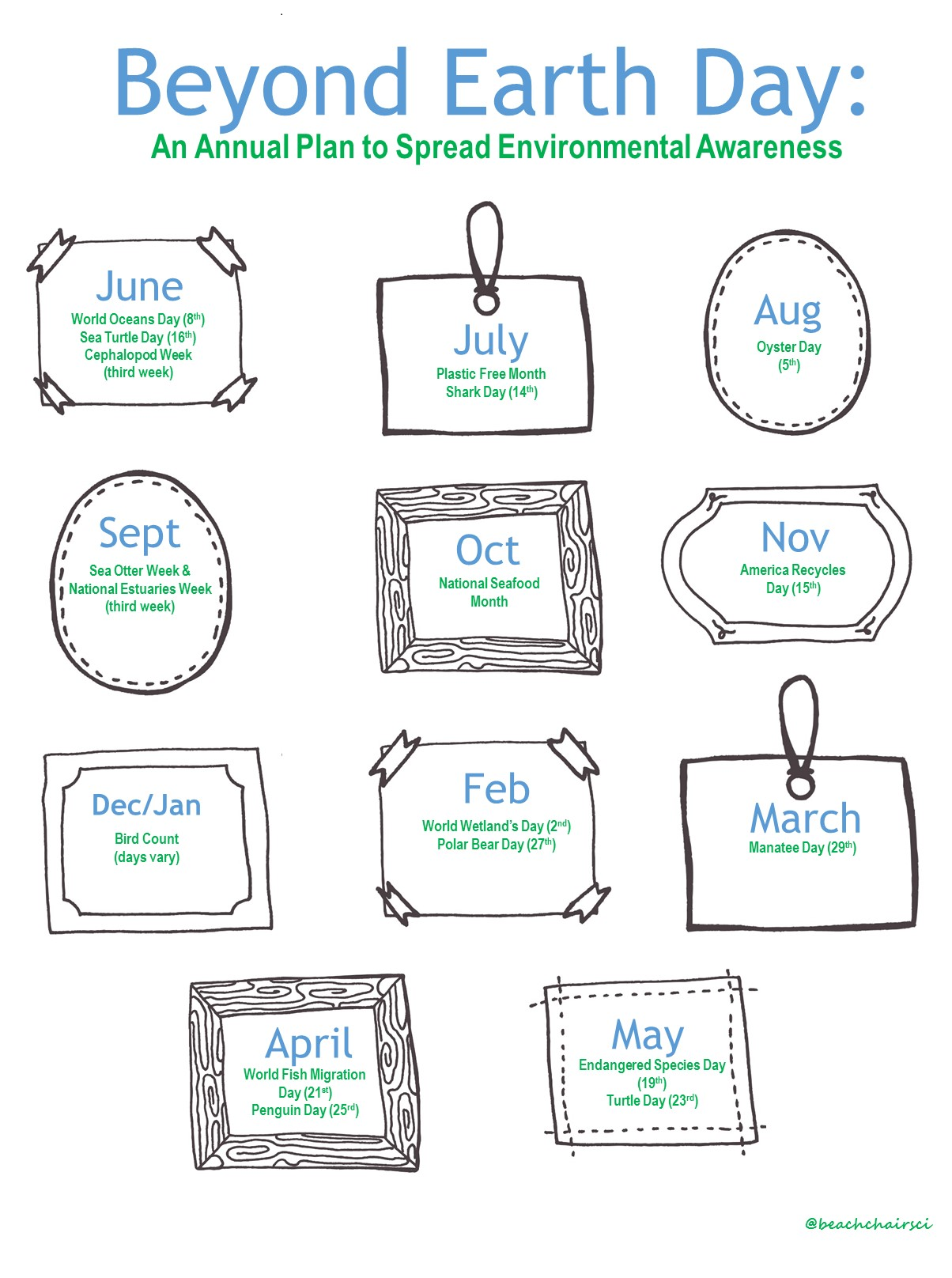
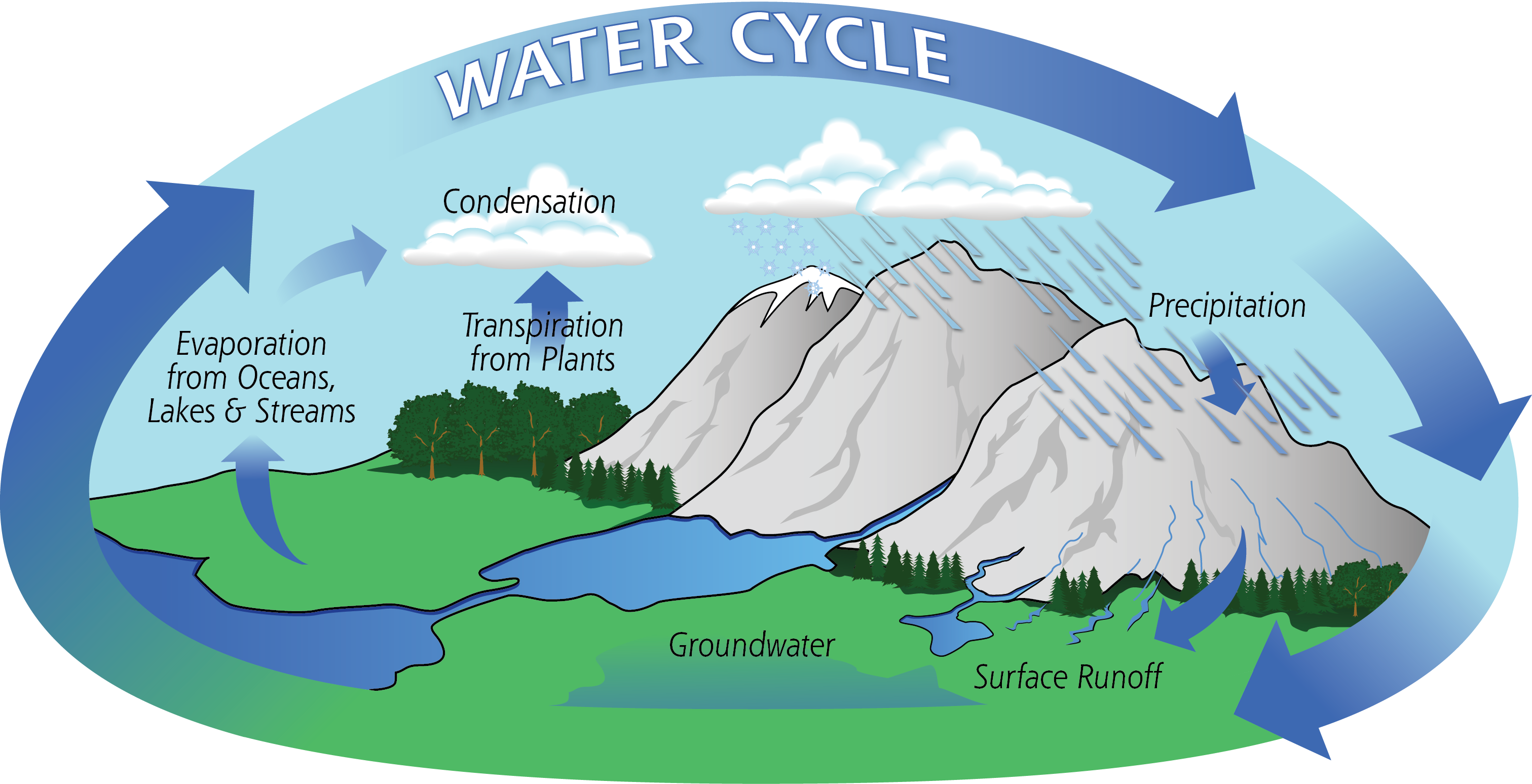
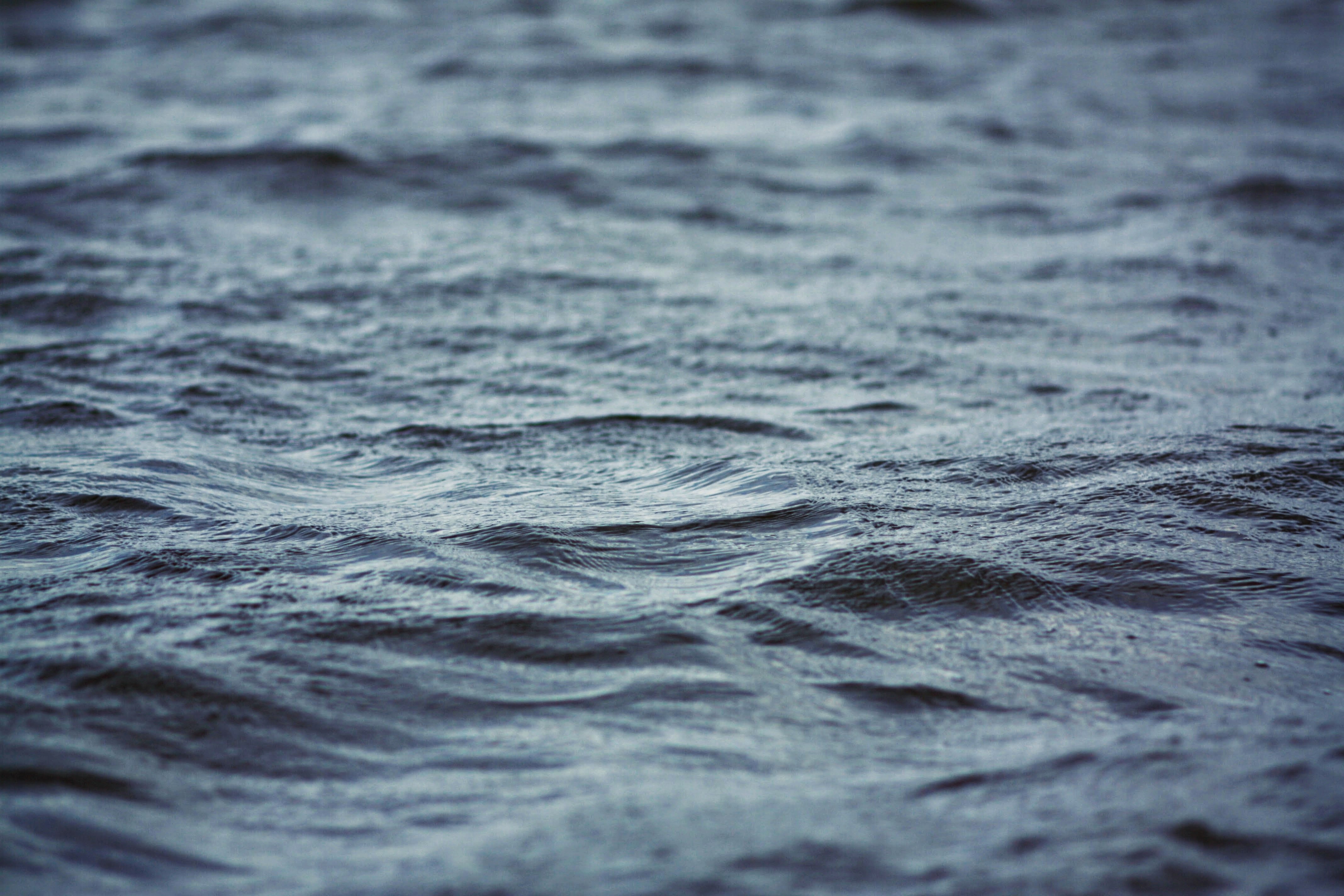



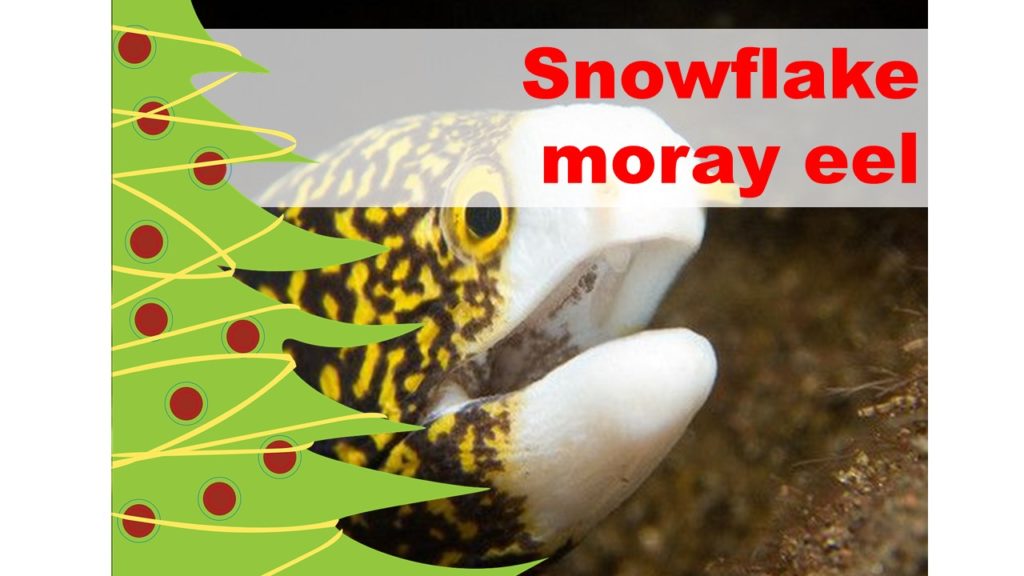








What people are saying …